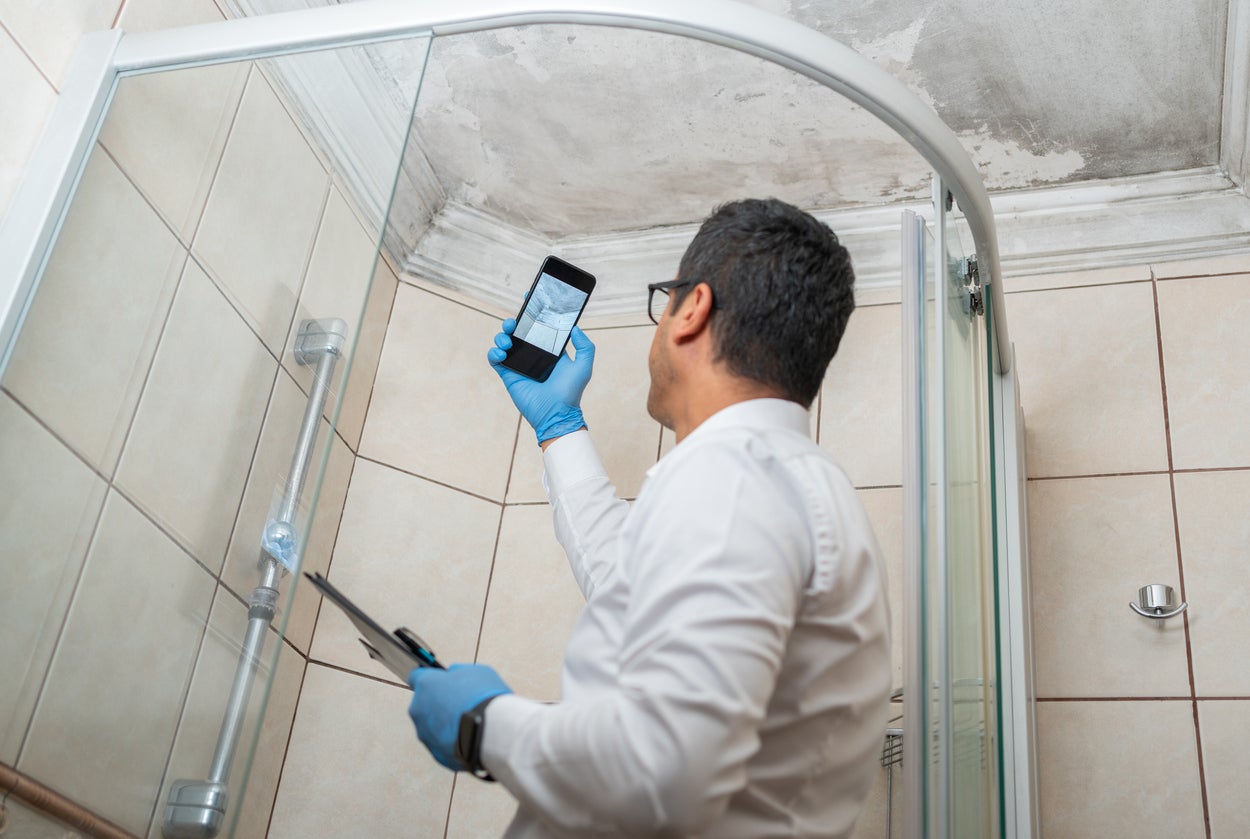Reliable Post Mold Remediation Cleaning Protocols
Reliable Post Mold Remediation Cleaning Protocols
Blog Article
Your Ultimate Overview to Message Mold And Mildew Removal Techniques
Navigating the world of post-mold remediation techniques is a thorough process that demands focus to detail and a comprehensive understanding of the details entailed. In the consequences of mold invasion, knowing just how to successfully eliminate the mold and mildew and avoid its reoccurrence is paramount for keeping a healthy interior atmosphere. From selecting the ideal cleaning and decontaminating techniques to implementing methods for long-term mold and mildew prevention, each action in the remediation trip plays a vital role in ensuring a successful end result. As we begin on this expedition of post-mold remediation strategies, we will reveal the essential approaches and finest techniques that can aid you restore your area to its pre-mold problem and protect it versus future mold and mildew risks.
Understanding Post-Mold Remediation Process
After completing the mold remediation procedure, it is essential to recognize the post-mold remediation methods that are necessary to make sure a efficient and detailed cleanup. As soon as the mold has been gotten rid of, the next action entails cleansing and disinfecting the impacted locations to avoid any type of regrowth of mold and mildew.
Additionally, performing a last evaluation post-remediation is crucial to ensure that all mold has actually been efficiently eliminated. This assessment should include a comprehensive aesthetic check along with potentially air tasting to validate the absence of mold spores in the air. Additional remediation may be needed if the assessment discloses any kind of lingering mold. Lastly, educating residents on safety nets such as regulating dampness degrees and without delay addressing any water leaks can help preserve a mold-free atmosphere.
Reliable Cleaning Up and Disinfecting Approaches

Avoiding Future Mold Growth

Value of Correct Air Flow
Proper air flow plays an important duty in avoiding dampness accumulation, a key aspect in mold development within indoor atmospheres. Efficient ventilation systems aid eliminate excess moisture from the air, minimizing the chances of mold and mildew spores discovering the moisture they need to sprout and spread. Without appropriate ventilation, interior areas can end up being a reproduction ground for mold and mildew, bring about potential health risks and structural damage.
By guaranteeing proper air flow, ventilation systems can also aid in drying wet areas faster after water damage or flooding events, further hindering mold development. After mold remediation. In areas like washrooms, attics, cellars, and kitchen areas where wetness degrees tend to be greater, installing and preserving reliable air flow systems is essential in protecting against mold infestations

Monitoring and Upkeep Tips
Offered the vital role that look at this web-site correct ventilation plays in stopping mold development, it is essential to develop effective tracking and upkeep suggestions to make certain the continued capability of ventilation systems. Normal assessments of ventilation systems must be conducted to look for any type of indicators of obstructions, leakages, or malfunctions that could hamper proper air flow. Tracking humidity degrees within the building is likewise critical, as high humidity can add to mold development. Mounting a hygrometer can assist track moisture levels and sharp homeowners to any type of spikes that might require interest. Additionally, making sure that air filters are regularly cleaned up or replaced is important see this here for preserving the performance of the ventilation system. Executing a routine for regular upkeep jobs, such as duct cleaning and a/c system inspections, can help stop concerns prior to they rise. By remaining mindful and positive to the condition of air flow systems, homeowner can successfully minimize the threat of mold regrowth and maintain a healthy indoor atmosphere.
Final Thought
Finally, post-mold remediation techniques are essential for ensuring a risk-free and clean setting. Comprehending the process, implementing reliable cleaning and disinfecting methods, preventing future mold and mildew growth, maintaining appropriate air flow, and normal tracking are all essential actions in the remediation procedure. By following these standards, you can successfully remove mold and stop its return, promoting a healthy and balanced living or working area for all occupants.
In the after-effects of mold and mildew invasion, recognizing how to properly eliminate the mold and mildew and prevent its reoccurrence is extremely important for maintaining a healthy and balanced indoor atmosphere. Once the mold has actually been removed, the following step includes cleansing and sanitizing the influenced locations to stop any type of regrowth of mold - Post Mold remediation cleaning. After removing visible mold growth, it is vital to clean all surfaces in the affected area to get rid of any remaining mold spores. To additionally improve mold and mildew avoidance actions, it is essential to address underlying issues that initially led to mold development.Given the crucial function that appropriate ventilation plays in stopping mold and mildew growth, it is important to establish efficient tracking and maintenance tips to make certain the continued functionality of air flow systems
Report this page